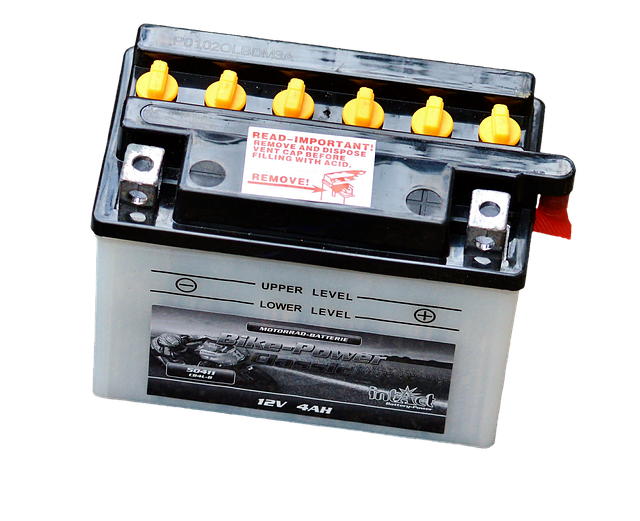Introduction

Corporate internal controls are the methods and systems used by organizations to ensure accuracy, reliability, and integrity in their financial reporting and overall operations. They are designed to protect against fraud, waste, abuse, misappropriation of assets, errors in accounting records or procedures, and other irregularities that may occur in the course of business. Internal controls also help organizations ensure compliance with applicable laws and regulations. This introduction will provide an overview of corporate internal controls as well as discuss how they can benefit organizations.

Internal controls are procedures put in place by a business to protect its assets, promote accurate record keeping and ensure compliance with applicable laws. Internal controls help organizations mitigate risk and create an environment of trust between management and employees. For more information about Corporate internal controls, you can visit this https://sgauditor.sg/ to gain further insights and understanding.
The purpose of internal controls is to provide reasonable assurance that the organization’s objectives relating to reliable financial reporting, effective operations, compliance with laws and regulations, safeguarding of assets, and deterring fraud or theft are being achieved.
The control environment sets the tone for the entire organization by providing structure for how business is conducted each day. It includes policies and procedures that guide decisions made by management as well as establishing accountability among employees at all levels of the organization.
Risk assessment involves analyzing areas within an organization in order to identify potential risks that could lead to errors or misstatements on financial reports or other issues related to operations or compliance with laws and regulations. The objective is to identify any issues before they become major problems so corrective action can be taken immediately if necessary.
Internal controls are a fundamental part of any business or organization. They are measures put in place to ensure the accuracy, validity, and reliability of financial information, as well as to protect the assets of the company. There are many different types of internal controls that can be utilized depending on the needs and size of an organization.
The first type is preventive controls. These measures are designed to prevent errors from occurring in the first place by setting up procedures that require multiple checks and safeguards to reduce risk. For example, a common preventive control is requiring two people sign off on certain transactions before they can be processed or recorded in financial documents. This ensures accuracy and reduces fraud potential.
Another type is detective controls which seek out problems after they occur so that corrections can be made quickly and efficiently. Typical detective controls include audit trails on transactions, account reconciliations, or reviews by external auditors. These measures help identify discrepancies between actual results versus what was expected so that action can be taken if necessary to correct mistakes or take corrective action against fraudsters.
A third type is corrective control which involves taking steps after a problem has been identified in order to fix it quickly and efficiently with minimal damage done to operations or finances in general while also preventing similar issues
The implementation of effective internal controls is an important aspect of running a successful business. Having proper control procedures in place helps to ensure that all processes and transactions are conducted in a secure and organized manner. However, there can be many challenges associated with implementing effective internal controls.
One challenge is finding the right balance of control measures to suit the needs of the company without being overly restrictive or cumbersome. Companies need to determine what type of control measures are necessary for their operations and establish clear policies that will help ensure compliance with these measures. It’s also important for businesses to have an understanding of their risk profile so they can develop appropriate controls accordingly.
Another challenge is staying up-to-date on changing regulations and laws surrounding internal controls, as well as making sure that all employees comply with these standards. Businesses must be aware of any new requirements or changes made by regulatory bodies, such as Sarbanes-Oxley, which may impact how they need to implement their internal controls system. They should also set up systems for regularly monitoring employee compliance with established procedures, as well as provide regular training sessions on best practices related to internal control systems.

Conclusion
Corporate internal controls are essential for any organization to ensure that its financial statements are reliable and accurate. They can help protect against fraud and other risks, as well as ensure compliance with laws and regulations. By establishing effective internal controls, organizations can create a culture of integrity and trust among employees, shareholders, customers, suppliers, the public at large and other stakeholders.
[custom-twitter-feeds feed=2]





